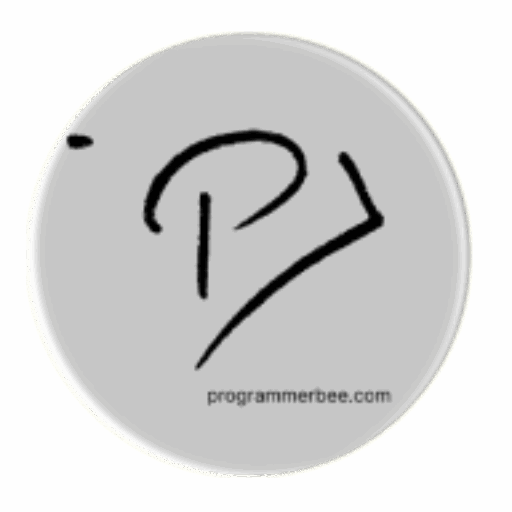Category: Programming
-
Calculate time dilation with python
In this example imagine two object one is Earth And another object is traveling in the space \[ t_0 = t \sqrt{1 – \frac{v^2}{c^2}} \] t0: Represents the dilated time experienced by the object which is traveling or seems traveling from earth t: Time passed on earth v: Velocity of the traveling object. c: Speed…
-
How to convert text to sentence with python and nltk
We can easily convert text to sentence in python with nltk by tokenize sentence.. First install nltk Download nltk data . NLTK requires data files for tokenization. run the code in a python program to download the data. import nltk nltk.download(‘punkt’) Copy Code After download the necessary data from nltk import tokenize text=”In the symphony…
-
How to get all possible combinations with python
Python is rich with wonderful standard library so you do not have to write everything from the very beginning. With permutations from iterators we can get wonderful and useful result with less code >In this example code we get the user input as string > Get the user input length > Then run a for…
-
Easy Temperature Conversions with Python: A Beginner’s Guide (Celsius, Fahrenheit, Kelvin)
Basic Temperature Conversion Program This program takes a temperature input from the user, identifies the scale (Celsius, Fahrenheit, Kelvin), and converts it to the other two scales. Let’s break down the code step-by-step. For higher accuracy in the Kelvin scale use 273.15 instead of 273 x = str(input(“Enter in which scale you measured temperature (Celsius,…
-
Create your first chat application with Flask and Socketio
We will use socketio for real-time messaging First install our dependency for this application pip install flask pip install flask-socketio Copy Code How it will work. Every user will get an unique key. If the the other user submit the other users key that will send the message. its like sending message to unique username…
-
Difference between statement and keyword in programming
Statement A single, complete instruction in a programming language that tells the computer to perform a specific action.Examples: assigning values, making decisions, controlling loops, displaying output. Keyword A word reserved by the programming language that has a predefined meaning and purpose.Examples: words like if, else, for, while, int, class that control logic and define data…
